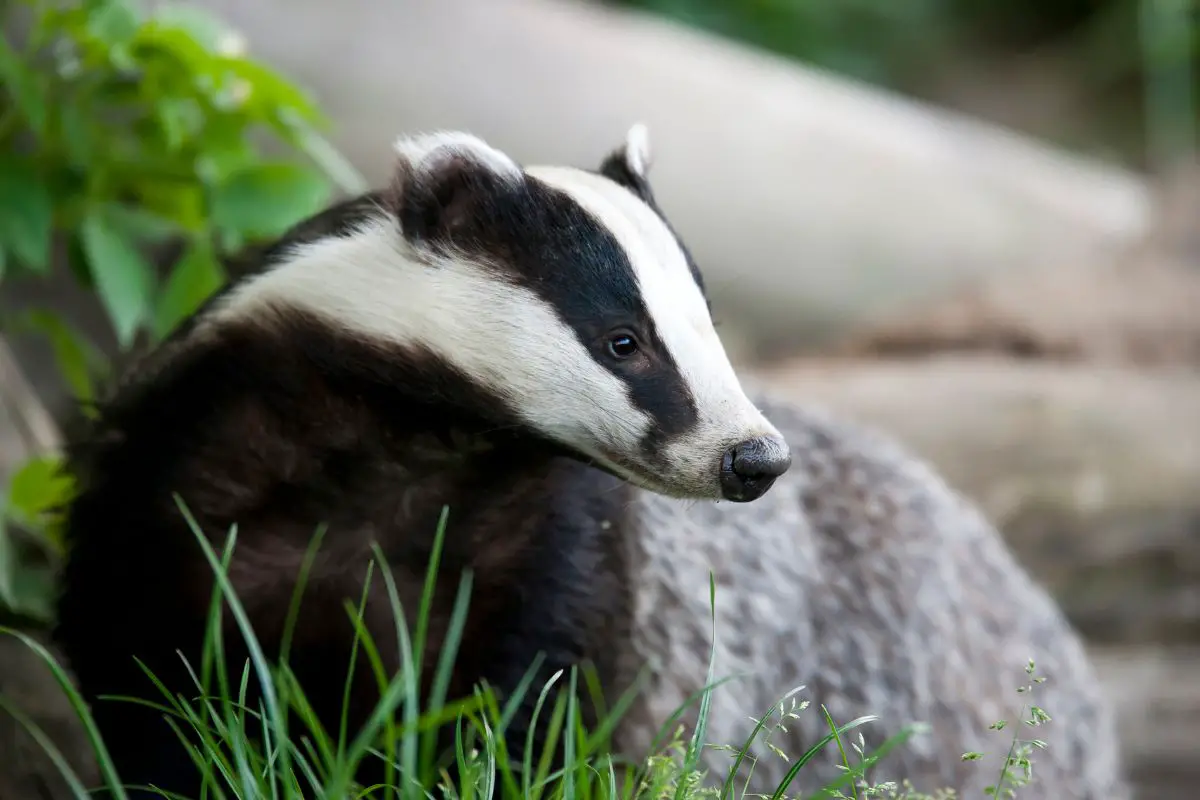
Badgers are nocturnal mammal that has short, strong limbs and sharp claws. They use these claws to dig the underground burrows that they live in. Badgers are adaptable and can thrive in many habitats. Most badgers live in grasslands!
The badger has a stocky body and is covered in fur. Most badgers are gray, but they have black faces with white markings. There are several species of badger, and they can be anywhere from 1 to 2.3 feet long.
Some badgers also have long tails. A badger can weigh anywhere from 2.2 to 26 pounds. Badgers are omnivores and love to eat worms, grubs, and insects.
In the wild, a badger often lives between 4 and 5 years, but they can live for more than 15 years. Badgers are territorial and are often solitary, especially when they’re foraging for food. With that said, lots of badger species live in groups called clans.
The badger is known for being clean, and badger dens can be used for centuries.
1. Otters Are Furry Hunters With Short Limbs

Otters are mammals that live in North and South America, Asia, and Europe. These carnivorous animals mostly eat fish and dine on frogs and crabs. The size of an otter can vary based on its species. Some species are smaller than two feet, but others are more than five feet long.
The lifespan of an otter ranges from 10 to 20 years, depending on the species. Like badgers, otters are covered in fur and have short limbs. However, otters have long and slim bodies, while badgers are stout.
Otters are usually active during the day and live in dens above ground. Many otter species, including river otters, like to make their homes near bodies of water. With that said, otters have to spend most of their time on land to keep their fur from getting waterlogged.
2. Weasels Are Tiny, But They’re Still Fierce!
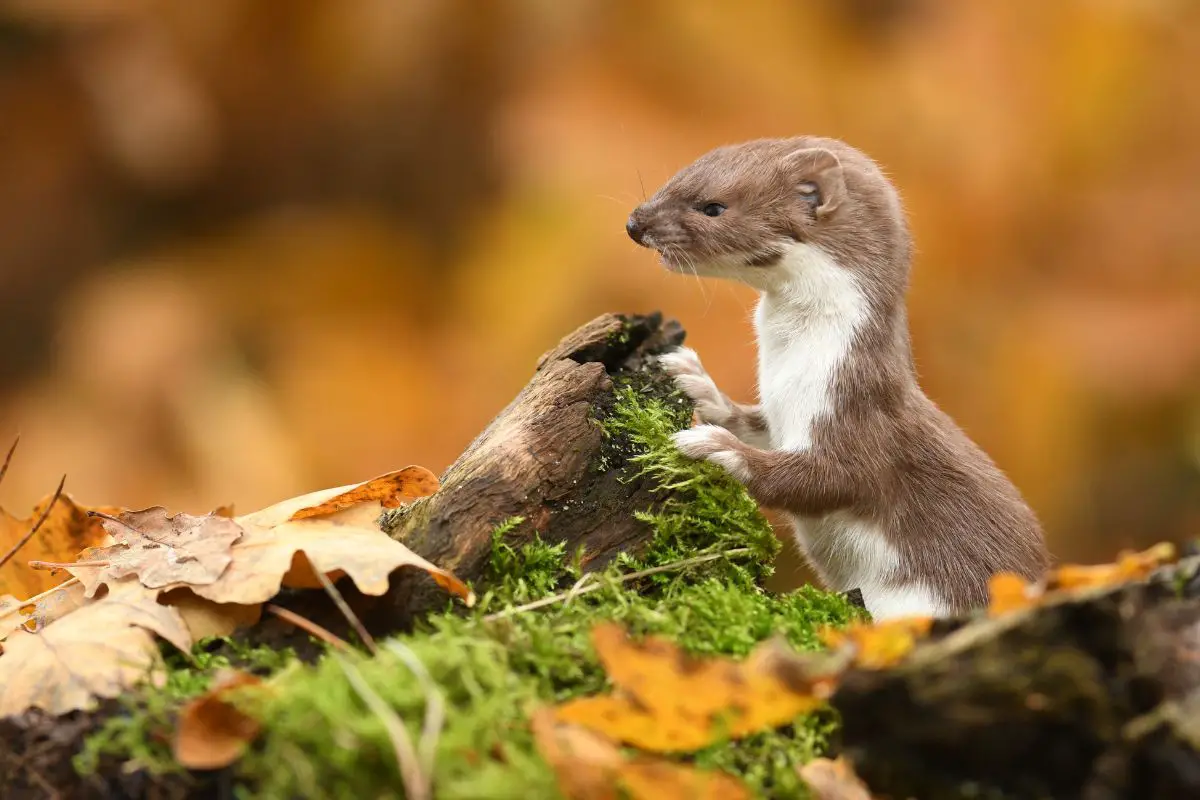
The weasel is a small, carnivorous mammal that likes to eat small rodents. It’s native to North America, Africa, and Eurasia but has also been introduced to New Zealand and Crete. Weasels are about 12 to 14 inches long, with a tail that spans 2 to 3 inches.
Most weasels will live for 7 or 8 years. Badgers and weasels have long heads and short limbs and are covered in fur. Many badger species are less active in winter, but weasels thrive in colder weather and can burrow under snow.
Weasels don’t dig their dens as badgers do. Instead, they make their home in the abandoned dens of other animals. Still, both animals are known for using their scent to mark their territory. Badgers and weasels are vocal, but the badger can produce more calls than the weasel.
3. Minks Have Beautiful Fur and Love the Water
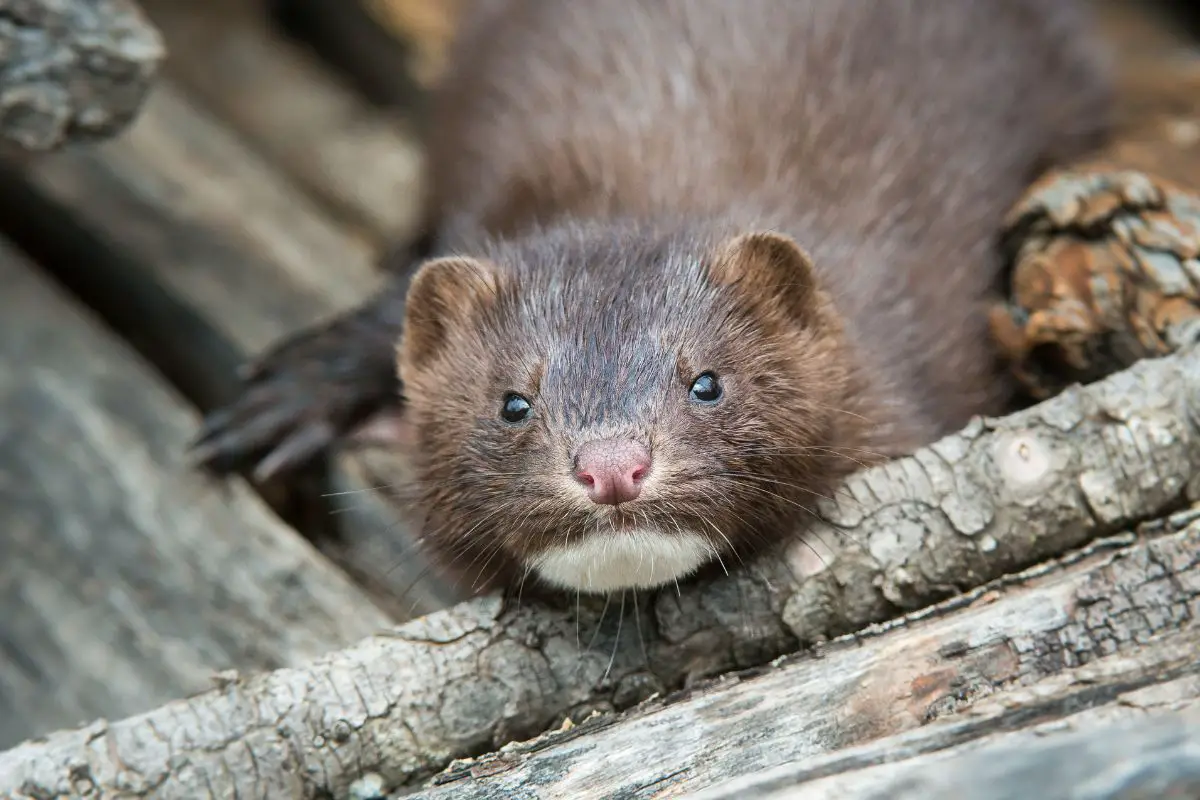
The mink is a semiaquatic animal known for its glossy dark fur. Minks have been hunted for their fur and kept on fur farms. While hunting has driven some species of mink to extinction, the mink can live up to four years in the wild and ten years in captivity.
A mink can be anywhere from 12 to 18 inches depending on the species and usually weighs between 1 and 4 pounds. They like to eat fish, birds, and eggs. While badgers have litters between 1 and 5 cubs, mink litters can have as many as 16 kits!
Minks live in Europe and North and South America, where they make their home along bodies of water. Like badgers, minks can be highly territorial and will fiercely protect their homes. Usually, badgers are active at night, but minks are active at all hours of the day!
4. Fisher Are Amazing Tree Climbers With Extra-Large Feet
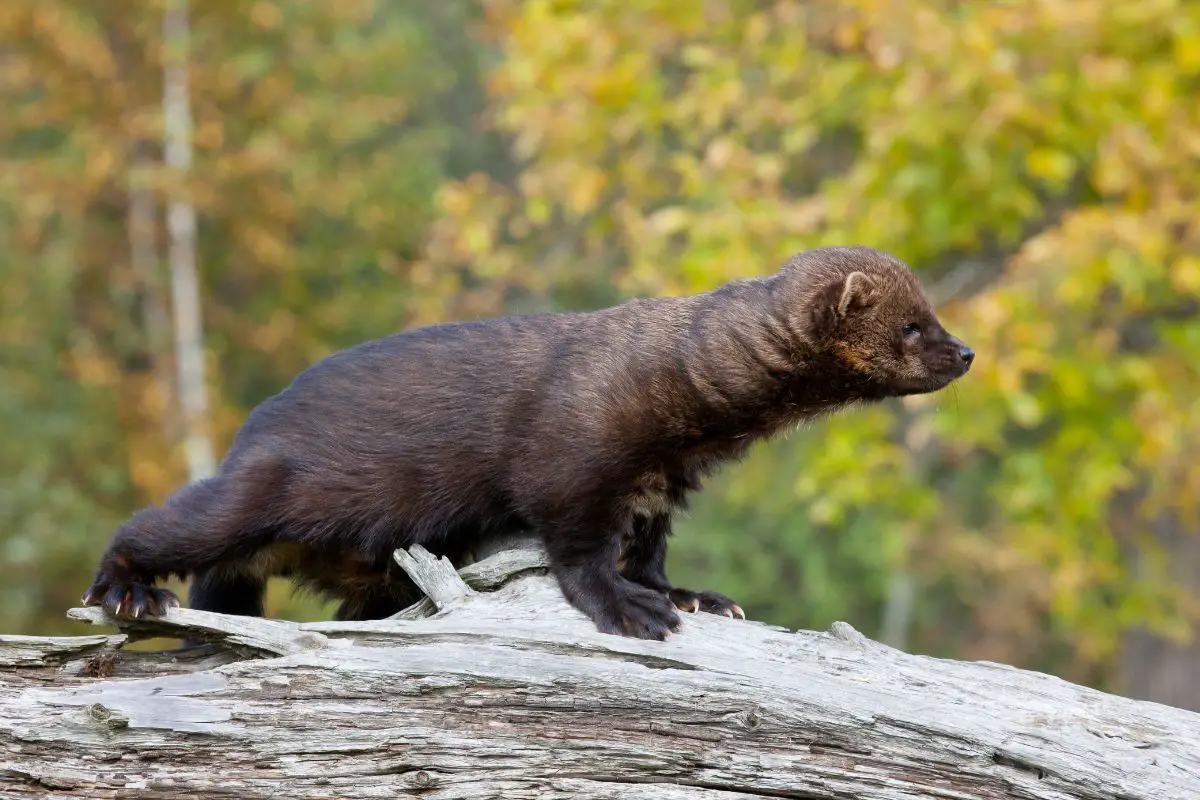
The fisher is a furry mammal that weighs between 4 and 13 pounds and stands anywhere from 30 to 47 inches tall. They have much larger feet than badgers, which allows them to walk across the snow. Feet aside, fishers and badgers have a similar body shape.
Despite its name, the fisher doesn’t eat much fish. Instead, it likes to dine on porcupines and hairs and may also munch on nuts and berries. Fisher can be found in North American forests, which make their homes in hollow trees.
Even though fishers are small, they’re predators and can live up to 10 years. They mate from March to April and have litters of 1 to 4 kits. Fishers are crepuscular, which means they’re active from late night to dawn.
5. Wolverines Are Scavengers That Love to Eat
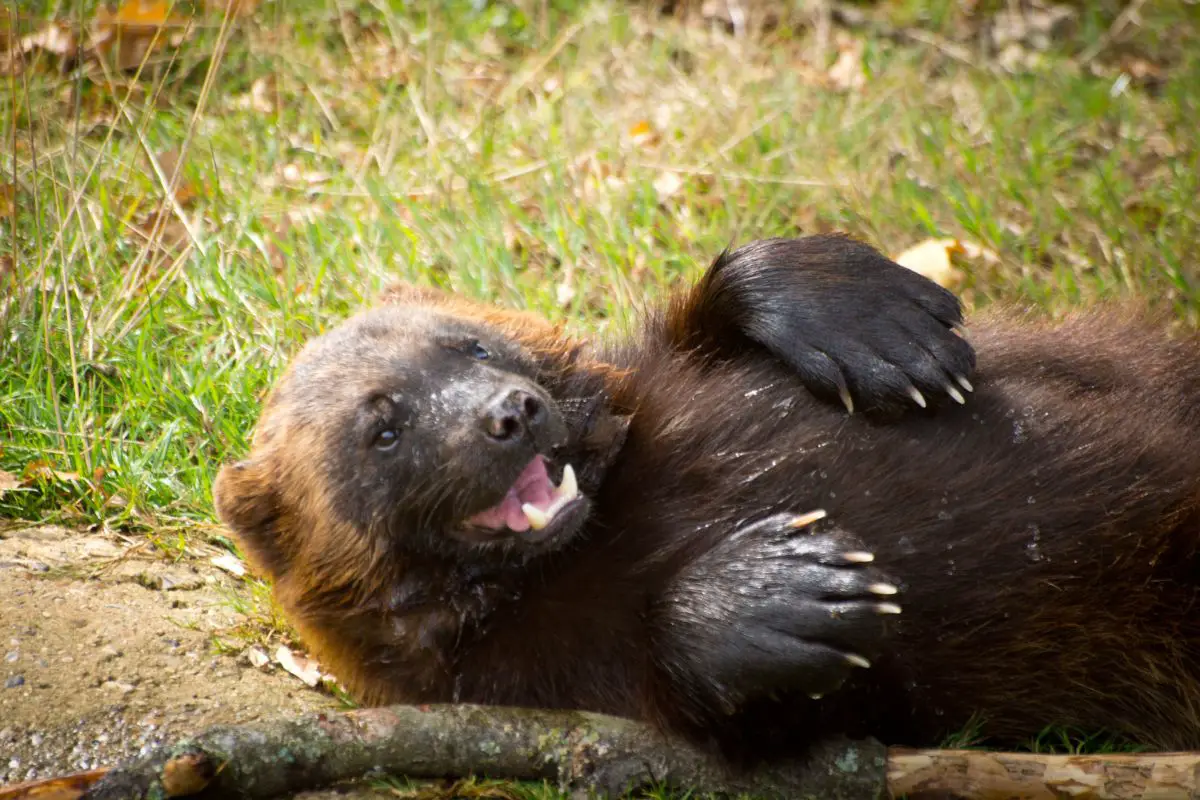
The wolverine is a furry mammal that stands between 2 and 3 feet tall and weighs anywhere from 20 to 55 pounds. Wolverines may be small, but they often attack much larger animals. They can be a predator, but they’re scavengers and like to eat carrion more than live prey.
Most wolverines have about 10 years, but they can live as long as 17 years. The wolverine usually lives in arctic and alpine habitats. Since they live in cold climates, it’s common for wolverine to build their den right in the snow!
Badgers love to eat but can’t compete with wolverines regarding appetite. The name wolverine is the Latin word for glutton! Both badgers and wolverines will fight to protect their territory.
6. Martens are Omnivores with Big, Bushy Tails!
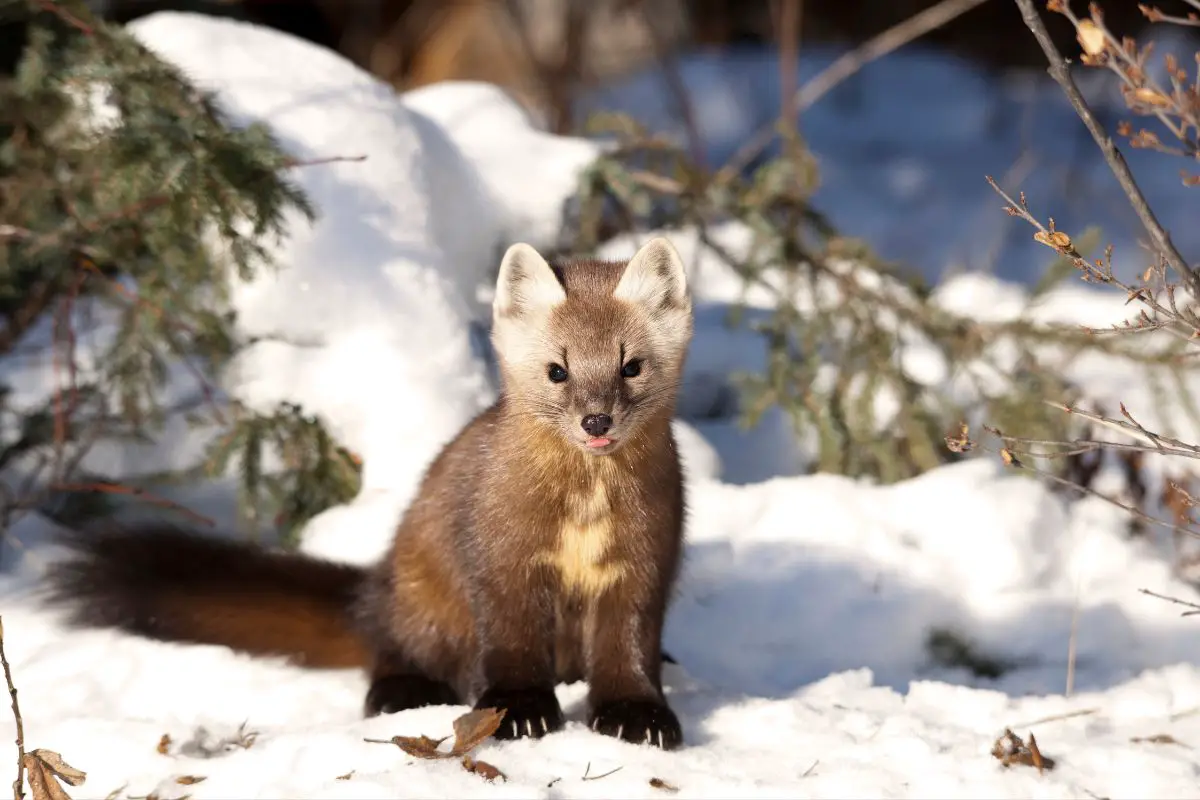
The marten is a mammal that lives in forests throughout the Northern Hemisphere. Like badgers, martens are omnivores and tend to change their diet with the season. They like to eat fruit and insects but will also eat small mammals such as voles.
Martens have badger-like ears, but they also have bushy tails and retractable claws. They have short limbs and long thin bodies, weighing between 1 and 3 pounds and standing 20 to 28 inches. Some species of marten are nocturnal, but others are active during the day.
The weather has a big impact on the activity levels of the marten. Like badgers, martens tend to be less active during the winter. Martens have limited body fat, so it’s easy for them to lose heat when temperatures drop.
7. Polecats Are Nocturnal Hunters That Thrive In Dry Climates
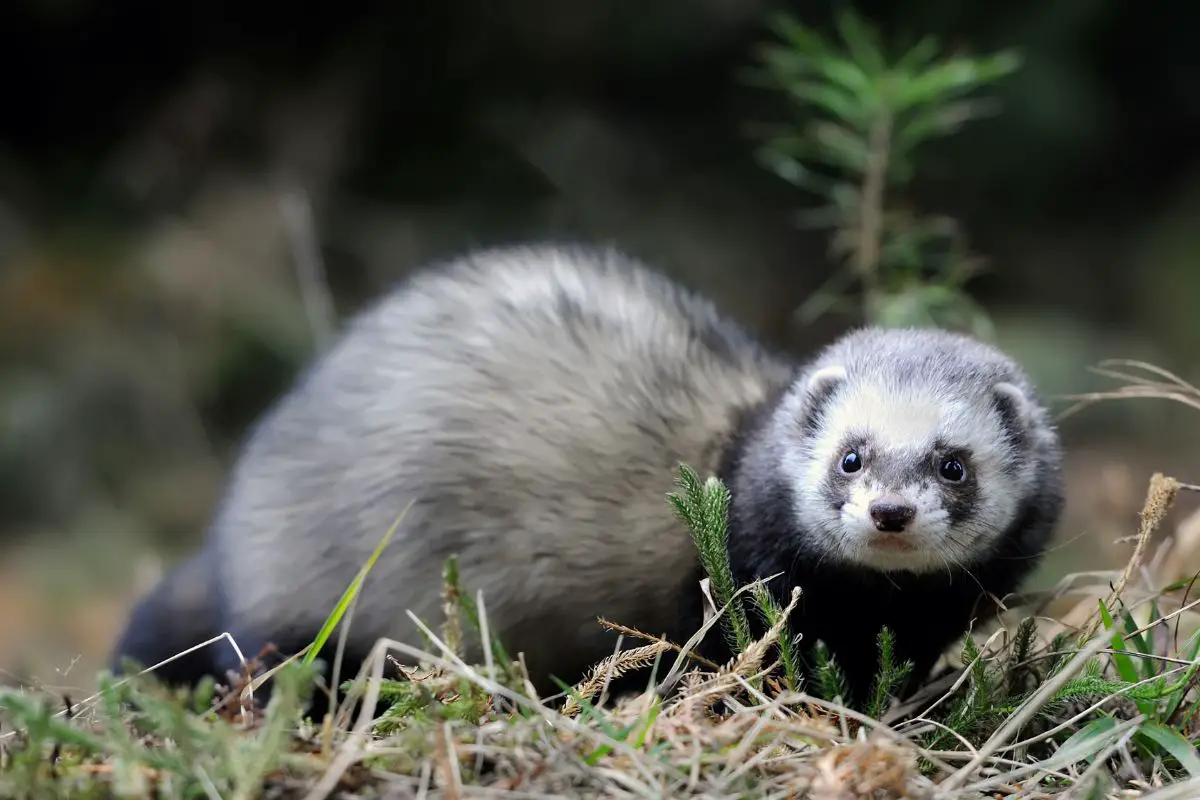
The name polecat is used to describe lots of animals, including ferrets and skunks. Polecats look like both creatures, but they’re still their animal. Most polecats live in dry climates, like European grasslands and savannas in Africa!
The coloring of a polecat can vary based on the species. A polecat may have a striped or spotted coat. Polecats measure between 11 and 18 inches and weigh between 1 and 4 pounds.
Polecats are carnivores that eat small rodents, snakes, and birds. Just like badgers, they’re territorial and nocturnal. The polecat can live up to 14 years in captivity but has a shorter lifespan in the wild.
8. Ferrets Are Much More Than Pets!
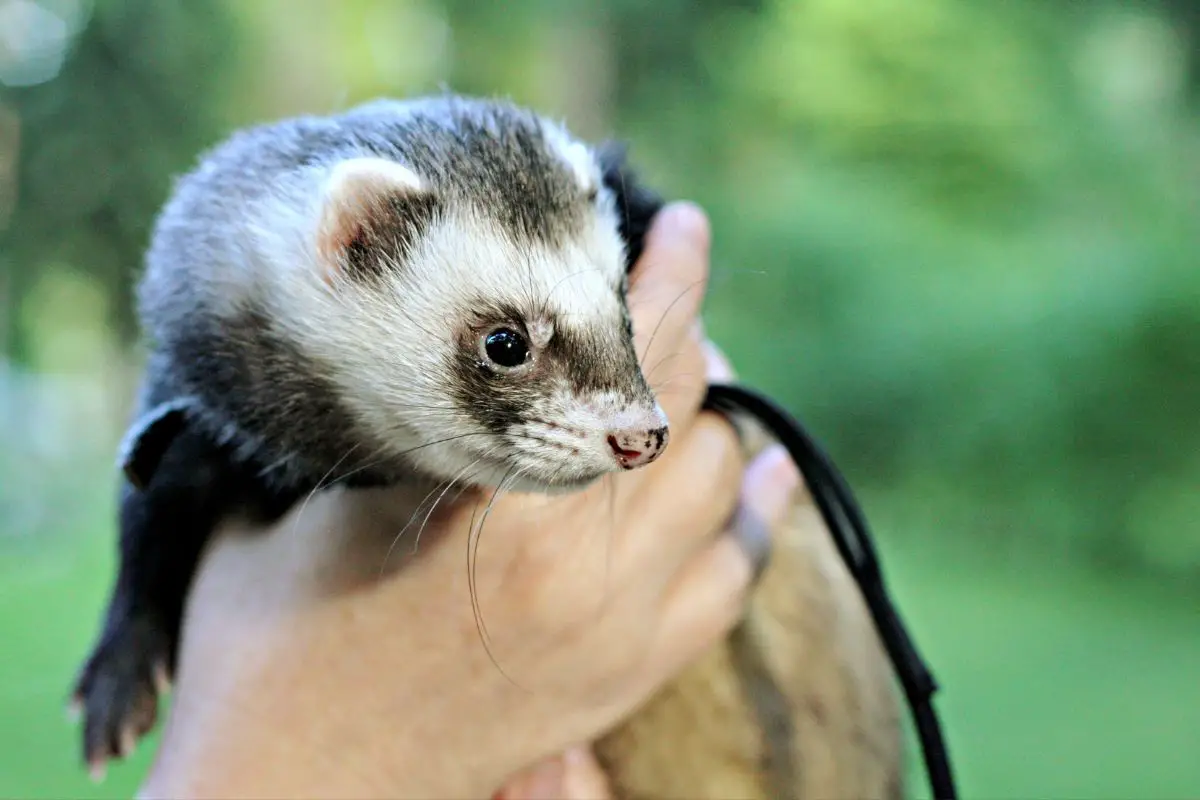
Ferrets are domesticated animal that belongs to the same family as badgers. Since ferrets have been kept as pets since ancient times, it’s rare to see this animal in the wild. Feral colonies of ferrets have been spotted in New Zealand.
The ferret is an obligate carnivore, which means it can only get nutrients from meat. Some pet owners feed ferrets cat food, but others give their pets live prey. When ferrets are excited, they may dance and make a clucking noise.
Ferrets weigh between 1.4 and 4.4 pounds and are around 20 inches long. Even though they’re smaller than badgers, they have the same round ears and tiny limbs. A ferret will usually live for 5 to 10 years.
9. The Mongoose Loves to Socialize and Eat Insects!
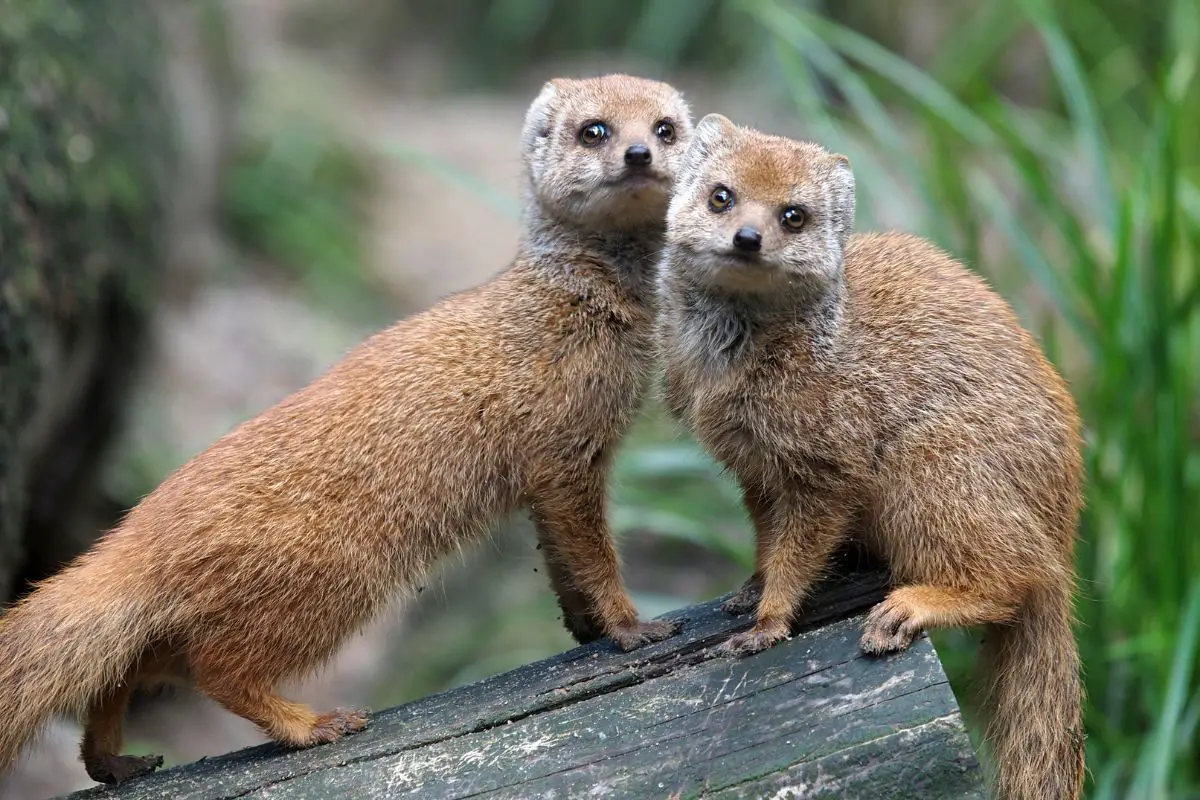
Mongooses are small mammals with furry coats, long faces, round ears, and short limbs. There are 34 species of mongoose in total, and species tend to vary in size and weight. A mongoose can be anywhere from 7.9 to 28 inches long and weigh between 9.7oz and 9.3 pounds!
Most mongoose species live in grasslands or arid plains. They can be found in Eurasia and Africa. Like badgers, mongooses tend to eat a diet heavy on insects. They’ll also eat reptiles, small birds, plants, and seeds.
Thanks to its long claws, the mongoose is an excellent digger! It’s a highly social animal and can live in packs of as many as 30 animals. Mongooses tend to live between 6 and 10 years in the wild.
10. The Skunk is Famously Smelly, But It’s Also an Expert Digger!
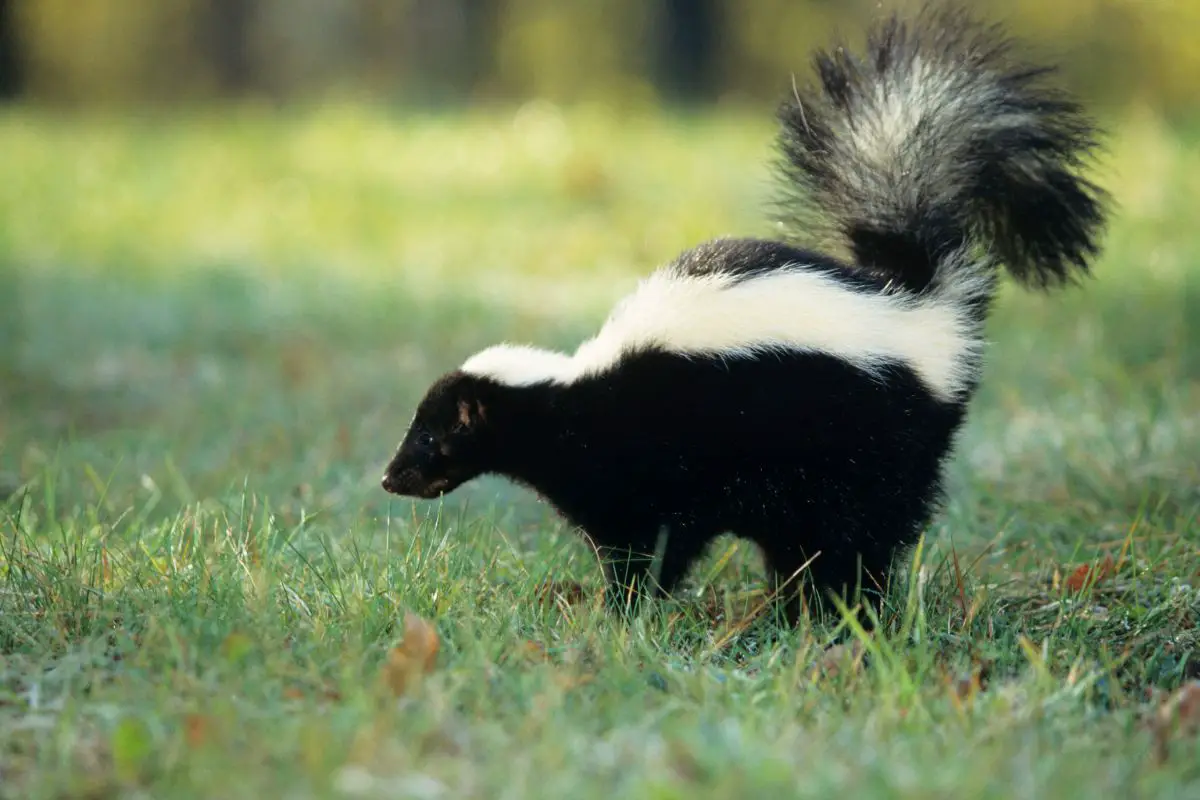
Skunks are a close relative of stink badgers (which aren’t badgers!). When threatened, this mammal can spray a strong-smelling liquid to scare predators away. While skunks mostly eat insects, they also munch on fruit, rodents, eggs, and fish.
You can find skunks in many habitats, including woodlands and open fields. Skunks vary in size, ranging from 15 to 37 inches long and 1.1 to 18 pounds. They have short but muscular limbs, with long claws that are perfect for digging.
Skunks usually live between 1 and 3 years in the wild, but they can live for more than 15 years in captivity. Like badgers, skunks are nocturnal, though you can sometimes spot a skunk during the day. Skunks have low activity levels during the winter and may go through a dormant period.
11. Olingos Are the Badgers of the Rainforest
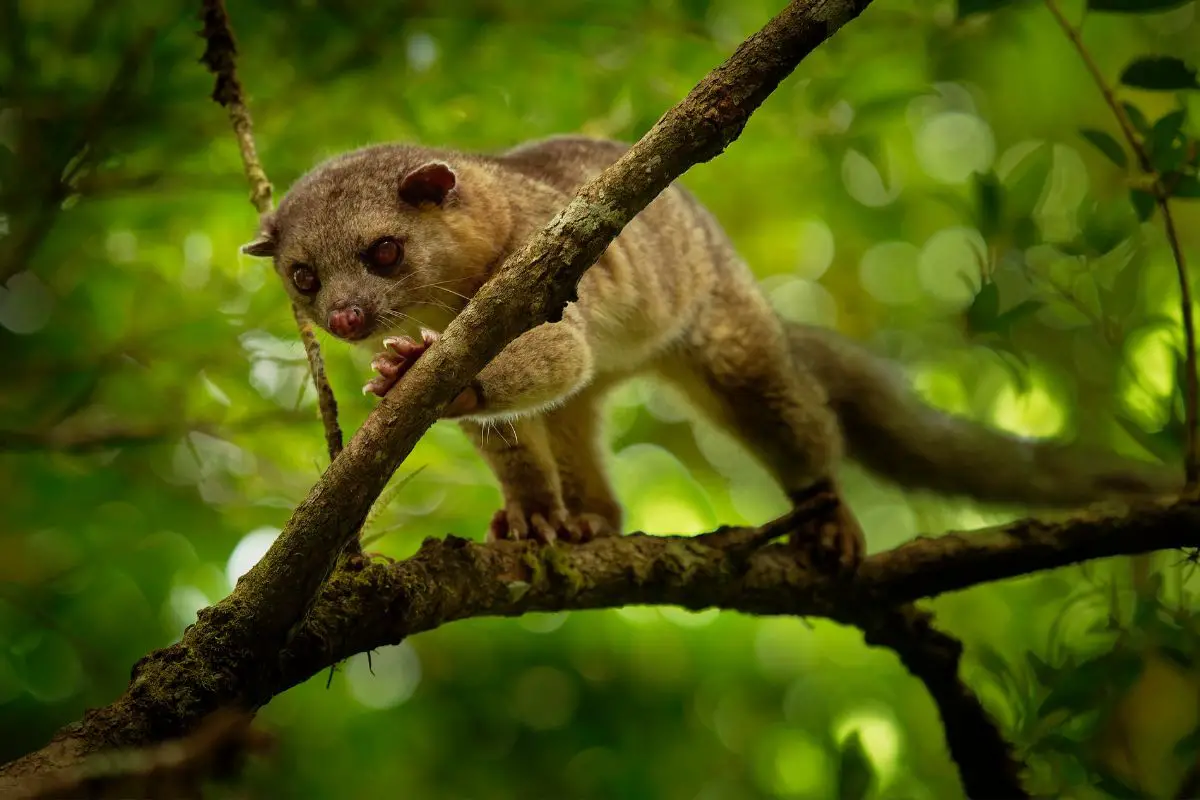
The olingo is a close relative of the raccoon that lives in the rainforest. Even though olingos aren’t a relative of the badger, they have similar features, like round ears and short limbs. Olingos are nocturnal herbivores that love to eat fruit.
Most olingos make their home in trees, a habit that helps keep them safe from predators. While they’re between 14 and 17 inches long, they’re much longer if you include their tails, which can be as long as 19 inches. They weigh between 2.1 and 3.1 pounds.
When olingos are threatened, they can use their anal glands to produce a strong odor. Olingos have short claws but use them for climbing, not digging. An olingo can live for up to 10 years in the wild and 25 years in captivity.
12. Civets Make a Scent That People Love!

Civets are nocturnal mammal that lives in woodlands, mountains, and savannas in Africa and Asia. It’s an omnivore and loves to eat fruit, but it may eat livestock when its habitat is threatened. The civet is a small, furry animal with round ears, a pointed muzzle, and short limbs.
Most civets measure between 17 and 28 inches, but they’re much longer if you include their tails. They usually weigh between 3 and 10 pounds. Depending on the species, a civet may have spots or stripes on its coat.
Civets can live for up to 20 years, but they are often a target of hunters. The musk that civets make can be used to produce fragrances. While there are synthetic substitutes today, civet secretions are still prized.
13. Raccoons Are Masked Mammals That Come Out at Night
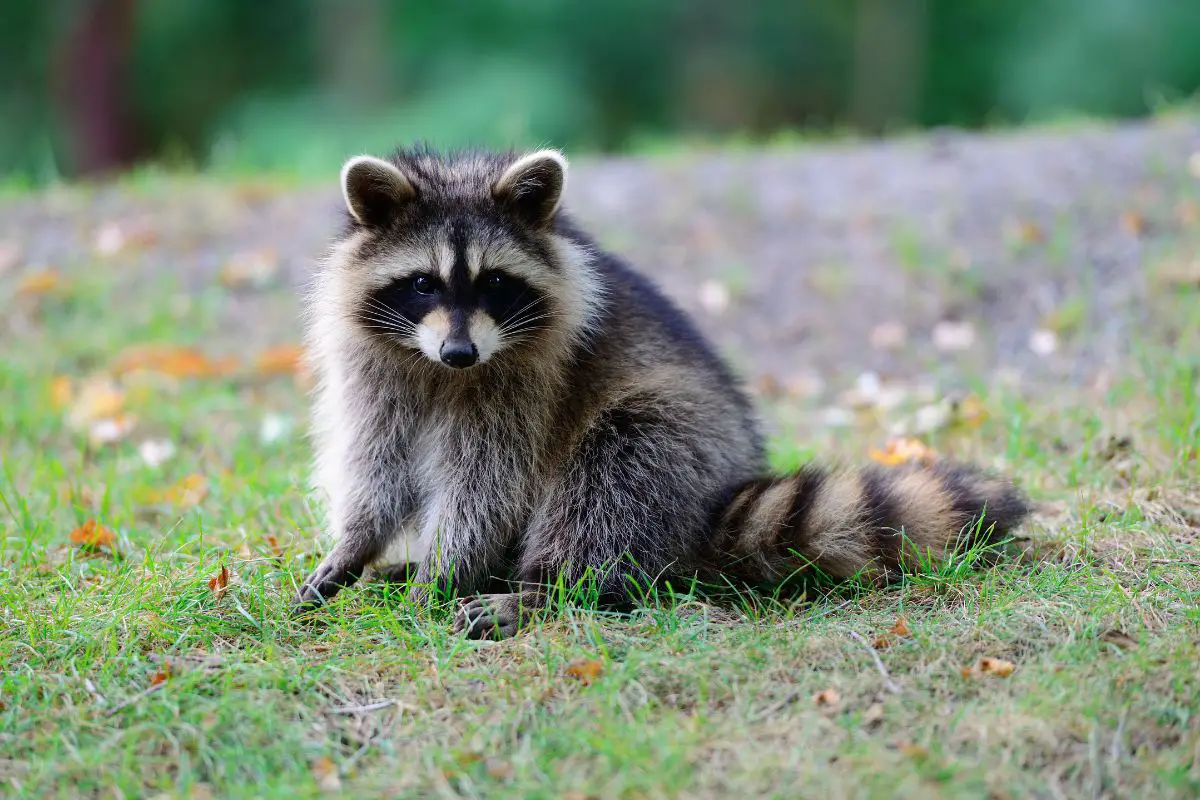
Raccoons are nocturnal mammals native to North America. While raccoons usually live in forest habitats, it’s not unusual to see them in urban areas. The raccoon is an omnivore that eats worms and insects and may sometimes dig through the trash!
Before raccoons eat, they like to wash their food in the water. The raccoon forages alone but lives in groups. Raccoons rarely live for more than 3 years in the wild, but they can live up to 25 years in captivity.
A raccoon can weigh anywhere from 7.7 to 20 pounds and measures between 16 and 28 inches long. Like badgers, raccoons have small, flexible hands. Raccoons are smart animals that can find food in almost any environment!
14. Kinkajou Live In Trees and Love to Play

Kinkajous are furry mammal that makes their home in the rainforest. The kinkajou is strictly nocturnal and eats almost nothing but fruit. Thanks to their round ears and short snouts, kinkajous are sometimes called honey bears!
The kinkajou has scent glands that it uses to mark its territory. The animal has incredible climbing abilities and makes its home in trees. A kinkajou can live for more than 30 years in captivity and 20 years in the wild.
Kinkajous weigh anywhere from 3 to 10 pounds and are between 3.1 to 10 inches long. The kinkajou also has a long tail, which it can use when it climbs trees! Just like badgers, kinkajou is playful animals with lots of vocalizations.
15. Stink Badgers Are Badgers In Name Only
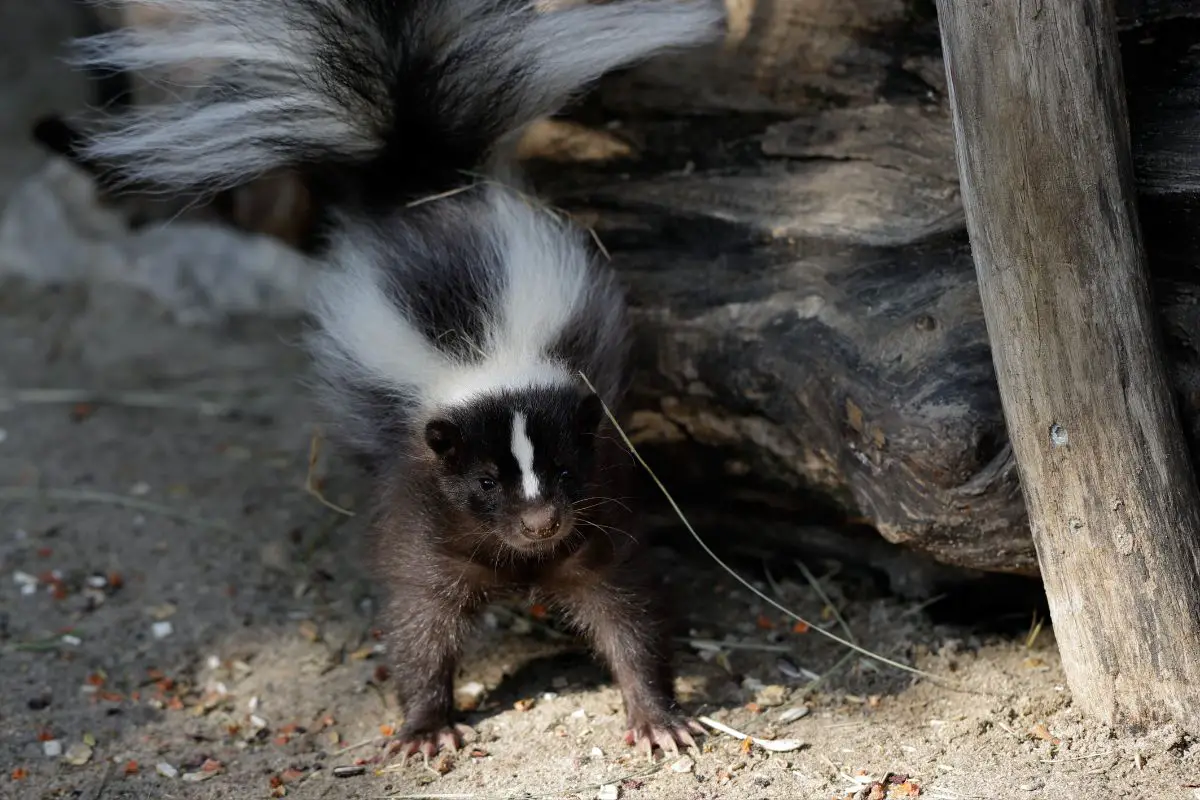
The stink badgers are a part of the skunk family. They’re sometimes called “false badgers.” Stink badgers look much like badgers and can produce foul-smelling, skunk-like odors.
The stink badger is native to Asia. It’s a nocturnal mammal and can eat a carnivorous or omnivorous diet depending on the species. Like badgers, they love to eat worms and insects.
Stink badgers are between 13 and 20 inches long and weigh anywhere from 1.9 to 7.9 pounds. Experts aren’t sure how long the stink badger can live in the wild, but the animal has lived up to 16 years in captivity. Stink badgers are labeled as vulnerable species.
FAQ
What Did the Badger Evolve From?
It’s believed that badgers evolved from the meles thorali. This animal looked a lot like modern badgers do today! The meles thorali lived in Europe and Asia.
Are Badgers Endangered?
Most species of badger are not endangered. The American badger is listed as an endangered species in Canada.
Can Badgers Be Dangerous?
It’s rare for badgers to attack people. It may show teeth and hiss if you get too close to a badger’s home.
